Crack Injection
Service
Services
Contact For Services
Total Specialist Maintenance Ltd (TSM) is a leading specialist contractor Driven to exceed expectation!
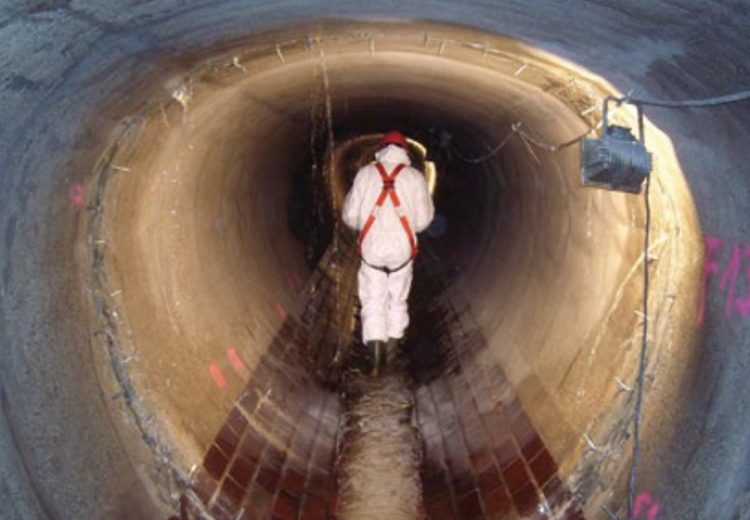
Crack Injection
Total specialist maintenance provide specialist Crack injection services to bridges, subways, manholes and chambers, concrete walls and floors, masonry structures and car parks on a national basis and for various market sectors
Total specialist maintenance carries out all forms of Crack injection which includes dry structural crack repairs, damp/water-bearing cracks and cracks that require ongoing elastic movement. Total specialist maintenance carry out epoxy, polyurethane and elastomer gel injection systems.
Problems that require crack injection repairs
Initial structural defects that require crack injection include, Poor construction, structural movement, deterioration of concrete elements due to carbonation and chloride attack
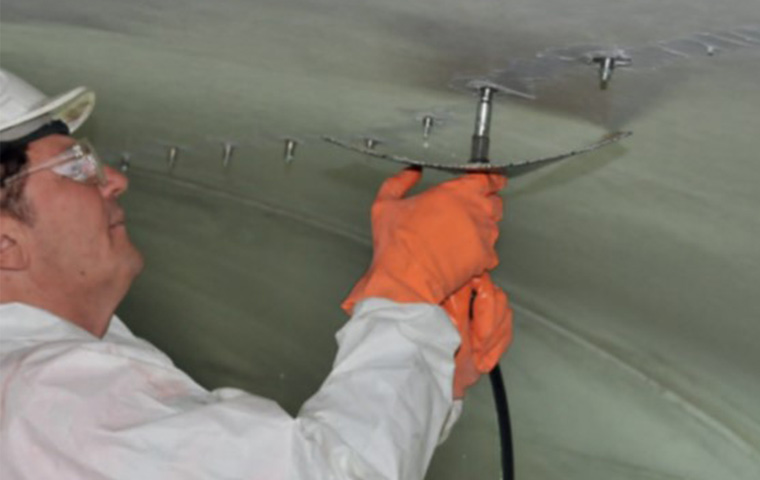
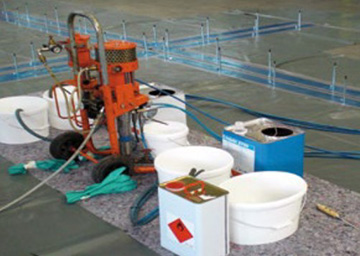
Services Provided
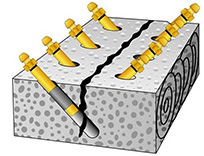
Epoxy Injection
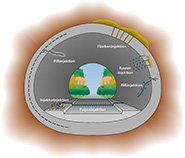
Polyurethane Injection
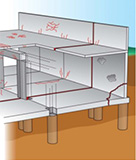
Elastomer Gel Injection Systems
Sectors
- Aviation Industry, Bridges and Tunnels, Buildings, Construction Industry, Education, Food And Drink Industry, Health Care, Heritage And Listed, Highways, Hotel and Leisure, Local Authorities, Marine Structural Refurbishment, Ministry of Defence, Multi-storey Car Park, Nuclear, Petrochemical Industry, Pharmaceutical Industry, Rail, Social Housing, Water Industry
Benefits
Directly Employed Workforce
Highly Skilled and Experienced Operatives
Certified Training
Accreditations




Frequently
Ask Questions
Technical Questions About
Crack injection
Frequently asked questions about Total Specialist Maintenance Carbon fibre strengthening , for domestic, highways, Water industry, rail and infrastructure sectors and technical queries regarding Crack injection
For any additional information that is not listed please contact our technical team
There are different ways to repair cracks; some last a few years and the water finds its way through. To permanently seal a crack, the product must not only fill the crack, but also provide where required a flexible seal where vibration and movement is anticipated.
Surface repairs fail as the entire defect has not been repaired, resulting in the repair deteriorating prematurely due to trafficking structural movement or through water ingress.
- Drill holes along the crack at 45 degrees to hit the mid point of the crack within the concrete.
- The face of the crack may be required to faced off using a fast setting plugging mortar or a epoxy putty mortar to provide a leak proof seal and to ensure that the injection is carried out under pressure.
- Install mechanical bore packers into predrilled holes to provide a seal for the material to be placed under pressure
- Inject the injection material through the mechanical bore packers using a material that has been specifically chosen for the repair such as epoxy resin, polyurethane resin and acrylic gels.
- Allow to cure
- Remove mechanical bore packers and fill drill holes with a suitable repair mortar or plugging mortar.
- Remove surface dressing from the face of the concrete using a grinder fitted with a concrete plaining head to leave a uniform finish.
Epoxies start to cure as soon as the two parts are mixed. Epoxy is not flexible and is harder than concrete. The only recommended application is when the structural component is an issue, but it is not recommended to stop the leak. If you are not sure if a crack is structural in nature an engineers report can determine this for you. Flexible resins are usually used when there is water ingress present or there is potential of movement.
